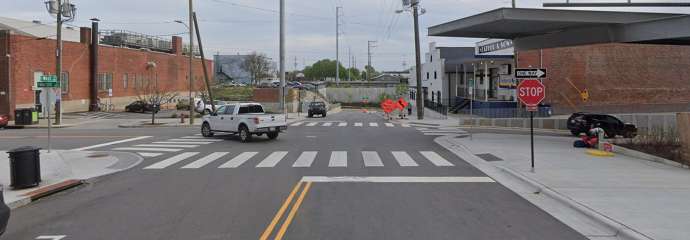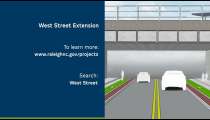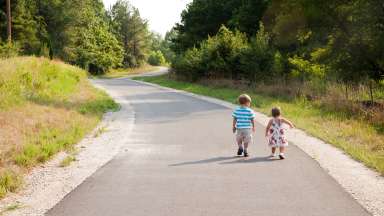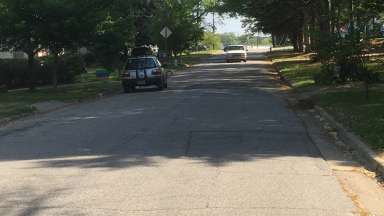The City is proposing to extend West Street from Martin Street to W. Cabarrus Street. This is a Complete Streets project, designed to be safe and accessible to all users.
This project aims to provide better connectivity for pedestrians, bicyclists, and vehicles supporting the increased transit associated with Raleigh Union Station and businesses on either side of the railroad tracks.
Project Details
- Type:
-
Streets
- Project Lead:
-
Roadway Design & Construction
- Contractors:
-
Kimley Horn (Design Consultant)





